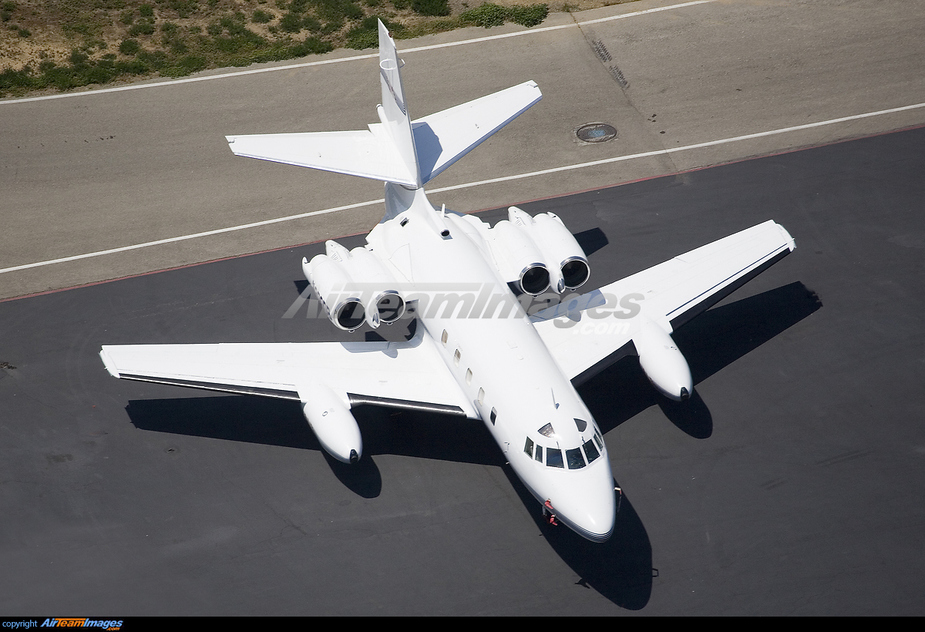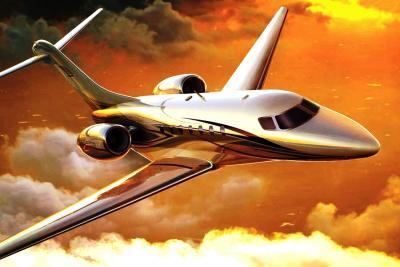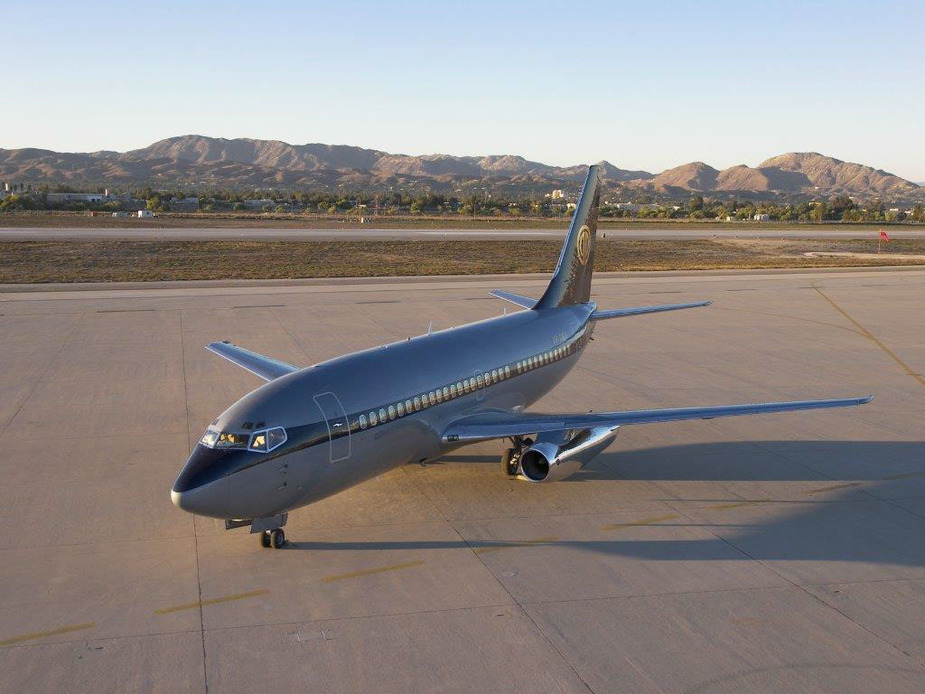what_next wrote:
The way the engines are mounted on the Honda Jet, engine accessibility might be a much bigger problem. Just checking the oil level before each flight will be difficult enough.
This certainly appears to be problematic. But if I had a proper toilet I would want it serviceable from outside. The HJ seems like a very nice aircraft.
Martin wrote:
I believe they argued that fewer vibrations get transmitted inside.
There should be no vibrations in a normally working jet engine.
I also think that what really matters is the distance of the engines from cabin.
Certainly. But if you compare that Honda Jet with a similarly sized light jet (e.g. Mustang or CJ1) you will see that the engines are about the same distance from the cabin.
Martin wrote:
And I’m certainly not interested in performing that duty.
Cleaning away hydraulic fluid is a lot nastier!
The CJ4 is externally serviceable. I know a pilot who says that is worth a great deal to him, with him having to deal with it. OTOH that could depend on the client’s willingness to pay for external loo servicing, which is not cheap.
From Honda
Engine location was the major design decision in the development of the HondaJet configuration. Conventional wisdom suggests that locating the engine nacelles over the wing creates unfavorable aerodynamic interference, inducing a strong shock wave that increases drag. However, through experimentation and extensive testing, Honda engineers discovered an optimal position for the nacelle over the wing that minimizes the shock wave and achieves lower drag than the conventional rear-fuselage engine mount configuration. And, since the engine support structure does not go through the fuselage, fuselage internal volume is maximized.
From Forbes
Fujino discovered the optimum Over-The-Wing Engine Mount configuration, which reduces wave drag at a high Mach number, and applied it to the HondaJet, a clean sheet design. The aeronautical breakthrough was proved to greatly enhance aircraft performance, fuel efficiency and passenger comfort. He also developed a new natural laminar flow wing and fuselage nose for the light jet with the application of a new concept composite construction to the fuselage structure.
If you want to get technical:
Aerodynamic Optimization of an Over-the-Wing-Nacelle-Mount Configuration
Really technical:
ABSTRACT AERODYNAMIC ANALYSIS OF AN OVER-THE-WING-ENGINE-MOUNT AIRCRAFT
Papers from HondaJet itself: here
i remember reading somewhere years ago that one of the reasons that under wing engines were actually forward of the wing was so that they would act as mass balances for the wing. Makes sense when you think about it
However it that makes sense surely the engines being behind the wing but supported by the wing would have a pro flutter effect?
AF wrote:
Fujino discovered the optimum Over-The-Wing Engine Mount configuration, which reduces wave drag at a high Mach number, and applied it to the HondaJet, a clean sheet design. The aeronautical breakthrough was proved to greatly enhance aircraft performance, fuel efficiency and passenger comfort.
Well, since the VFW-614 flew in this configuration in 1971, it is hardly a discovery of a new configuration. The optimisation of the position may be a breakthrough, though. Have to compare the old german papers for evaluation.
There are a couple of advantages of this configuration over the mounting at the fuselage, like a lower wing bending moment, lower structural requirements in aft fuselage design, easier fuel system (no need to penetrate pressurised part of the aircraft), with the wingbox beneath the fuselage much lighter structure for pressurization, and so on. You will get those benefits by classic under-wing-pylons, too, but they require long (and heavy) landing gears, are more prone to FOD (reportedly the main reason why the 614 got the propulsion on top of the wing). I wonder if the over-wing-nacelles would be more convenient for increase of a bypass ratio of the engines, since the landing gear is sort of limiting some under-wing-nacelle designs.
mh wrote:
no need to penetrate pressurised part of the aircraft
“My” Citation with rear mounted engines, like many other similar aircraft, has it’s pressure bulkhead forward of the engines. Which means that no fuel, bleed air or hydraulic lines need to be ducted through the pressure hull. They are all inside the wing root fairings.
mh wrote:
…with the wingbox beneath the fuselage much lighter structure for pressurization…
This is not specific to the (over-)wing mounted engine layout. There are several aircraft with tail mounted engines where the fuselage sits on top of the wing spar (e.g. the Premier 1). Very very ugly and I doubt the weight benefit of the pressure vessel offsets the extra drag of the fat “belly” these aircraft carry around.
As much as I see the benefits of the overwing engine layout, I strongly doubt that after the Honda Jet we will ever see another aircraft with that design. Evolution rarely makes the same mistake twice and after the VFV614 this chapter of aircraft design should have been closed already.
mh wrote:
The optimisation of the position may be a breakthrough, though.
Indeed, if you read on the HondaJet site, you’ll find that it was the “sweet spot” that they found, which balances wing stability, wave drag and eliminates disruption of laminar wing flow. The position was the breakthrough. To read further, go here
what_next wrote:
“My” Citation with rear mounted engines, like many other similar aircraft, has it’s pressure bulkhead forward of the engines. Which means that no fuel, bleed air or hydraulic lines need to be ducted through the pressure hull. They are all inside the wing root fairings.
Thank you for the update. I was told otherwise, but have not seen any details on it. It would make much more sense.
what_next wrote:
This is not specific to the (over-)wing mounted engine layout. There are several aircraft with tail mounted engines where the fuselage sits on top of the wing spar (e.g. the Premier 1). Very very ugly and I doubt the weight benefit of the pressure vessel offsets the extra drag of the fat “belly” these aircraft carry around.
True, although I meant that you would need both mounts out of the pressure vessel to archive a light structure, especially if a further aft bulkhead allows for a shorter fuselage. In my view all bizjetzs are ugly, so I have no real preference on the aesthetics (except perhaps for the Hansa Jet with it’s forward swept wings. But as so many German projects it was killed politically. And perhaps the Westwind.) The benefit is hard to determine, I haven’t seen any papers on that, yet.
what_next wrote:
Evolution rarely makes the same mistake twice and after the VFV614 this chapter of aircraft design should have been closed already.
Well, for what the aircraft has been built, the performance wasn’t as bad as you might think, albeit the slow…ish cruise Mach number, but 850 meter unpaved runway for a 40 passenger jet is quite impressive, even today.
mh wrote:
In my view all bizjetzs are ugly…
Unfortunately this is true because they are optimised for cabin size which results in less-than-optimal overall proportions. But apart from the ones you mentioned, there are some exceptions:
The Lockheed Jet Star, one of the most beautiful (and noisy and fuel inefficient…) aircraft ever:

The Citation Columbus, which would have been the first and only pretty aeroplane bulit by Cessna had it not be cancelled:

And of course some bizjet versions of airliners:

